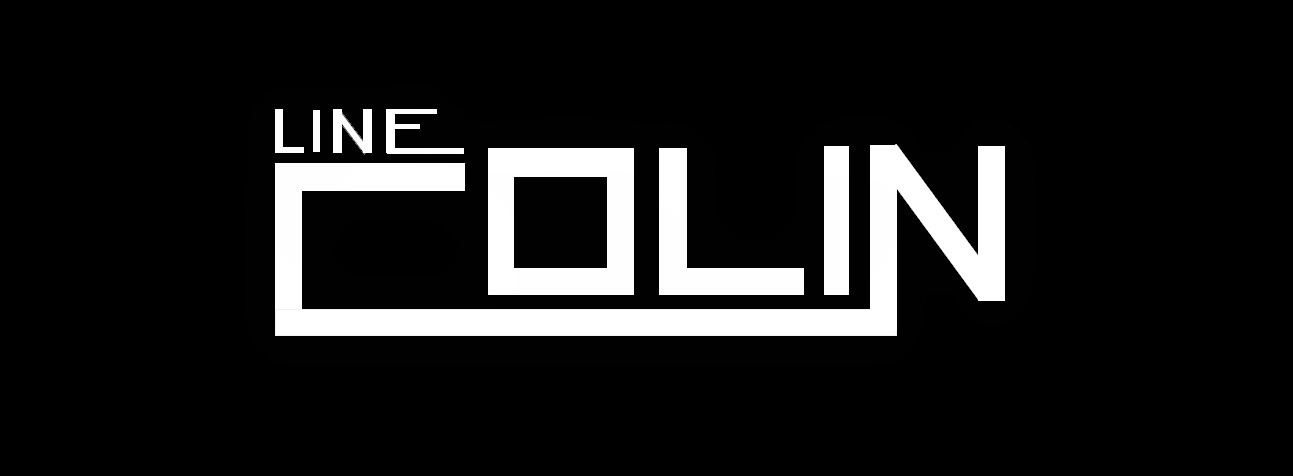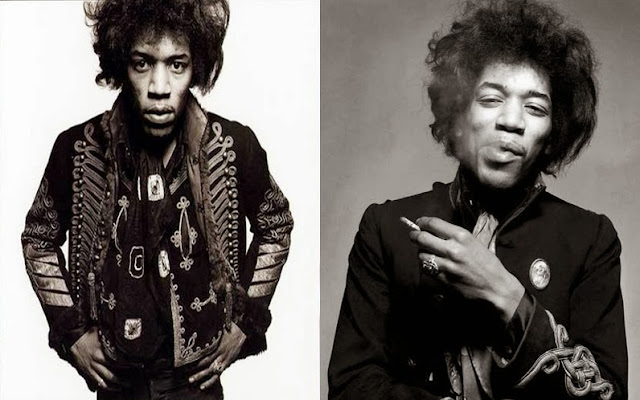Styl militarny, czyli styl wojskowy w czasach powojennych (dokładnie po II wojnie światowej) zyskał ogromne zainteresowanie i to nie dlatego, że od początku ludzie się nim zachwycili, a powodem dla którego stał się on tak chwytliwy była nadwyżka produkcji mundurów wojskowych.
To właśnie dzięki temu produkt trafił w ręce zwykłych obywateli, a inspiracje z tego okresu czerpało wielu projektantów, m.in. Jean Charles de Castelbajac i Stephen Sprouse - jako wyraz miejskiego stylu życia. Zespół taki jak Public Enemy w albumie Yo! Bum Rush the Show zaprezentował słynną czarno-szarą natowską wersję materiału. Jednak największy rozkwit ery militarnego stylu rozpowszechnił się, gdy do obiegu trafiły bardziej praktyczne stroje i dodatki w postaci kamizelek, okularów lotniczych, parek, T-shirtów i oczywiście bojówek, które zachwyciły największych, tj. Armani, Moschino, Prada, Gaultier promując je na szeroką międzynarodową skalę.
Moją uwagę skupia jednak jeden z londyńskich butików o nazwie I Was Lord Kitchener's Valet, którego właścicielami byli Ian Fisk i John Paul. Szukali oni inspiracji w mundurach z przełomu XIX i XX wieku. Sklep ten w latach 60. był jednym z najbardziej wpływowych i promowanych butików ze względu na design jaki w nim królował. Zyskał on sławę do tego stopnia, że jego klientami stali się jedni z najbardziej rozpoznawalnych artystów światowej sceny, tj. Jimi Henrix, Eric Clapton, Mick Jagger, czy Peter Blake (projektant płyty Beatlesów Pepper's Lonely Hearts Club Band z 1967 roku).
Butik był nieprzeciętny, prowadzony przez wizjonerów, którzy za cel obrali sobie styl militarny, taki, o którym będą marzyć wszyscy.
Military
style in times of war (exactly after the Second
World War) gained huge interest and it's not because from the beginning,
people were impressed by it but the reason why it has become so catchy
was an oversupply of military uniforms.
This product came into the hands of ordinary citizens and inspiration from this period drew many designers, including Jean Charles de Castelbajac and Stephen Sprouse - as an expression of urban lifestyle. The team such as Public Enemy in album 'Yo! Bum Rush the Show' presented the famous black-and-gray NATO's version of the material. But
the biggest boom-era military-style spread when the circuit hit more
practical clothes and accessories in the form of vests, goggles
aircraft, parkas, T-shirts and of course mobs that impressed the most,
ie. Armani, Moschino, Prada, Gaultier promoting it on a wide international scale.
My attention is focused, however, one of London's boutiques called I Was Lord Kitchener's Valet, which was owned by Ian Fisk and John Paul. They sought inspiration in uniforms from the late nineteenth and early twentieth century. Store this in the '60s was one of the most influential and promoted boutiques because of the design which reigned in it. It gained fame to such an extent that its customers have become one of the most recognizable artists of the world stage, ie. Jimi Henrix, Eric Clapton, Mick Jagger and Peter Blake (designer plates Beatles Pepper's Lonely Hearts Club Band in 1967).
Boutique was uncommon, led by visionaries who aiming for military style, one of which will be dream everyone.
My attention is focused, however, one of London's boutiques called I Was Lord Kitchener's Valet, which was owned by Ian Fisk and John Paul. They sought inspiration in uniforms from the late nineteenth and early twentieth century. Store this in the '60s was one of the most influential and promoted boutiques because of the design which reigned in it. It gained fame to such an extent that its customers have become one of the most recognizable artists of the world stage, ie. Jimi Henrix, Eric Clapton, Mick Jagger and Peter Blake (designer plates Beatles Pepper's Lonely Hearts Club Band in 1967).
Boutique was uncommon, led by visionaries who aiming for military style, one of which will be dream everyone.



W dzisiejszych czasach styl militarny jest jednym z najbardziej chwytliwych w sprzedaży, reklamie, kampaniach, organizacjach, itp. Bardzo często dla przełamania stylu lub dodania zdecydowanego szczegółu sięgamy po to co najbardziej sprawdzone i rzucające się w oczy, dla lepszego efektu. Styl militarny to niewątpliwie jeden z moich ulubionych jeśli chodzi o przygotowywane projekty.
Poniżej parę inspiracji modowych.
Poniżej parę inspiracji modowych.
Nowadays, military style is one of the most catchy styles in sales, advertising, campaigns, organizations, etc. Very often to break decisively style or add detail to reach for what is the most proven and conspicuous, to get a better effect. Military style is undoubtedly one of my favorites during the preparation of my projects.
Below is a pair of fashion inspiration.
Below is a pair of fashion inspiration.


























.JPG)
.JPG)